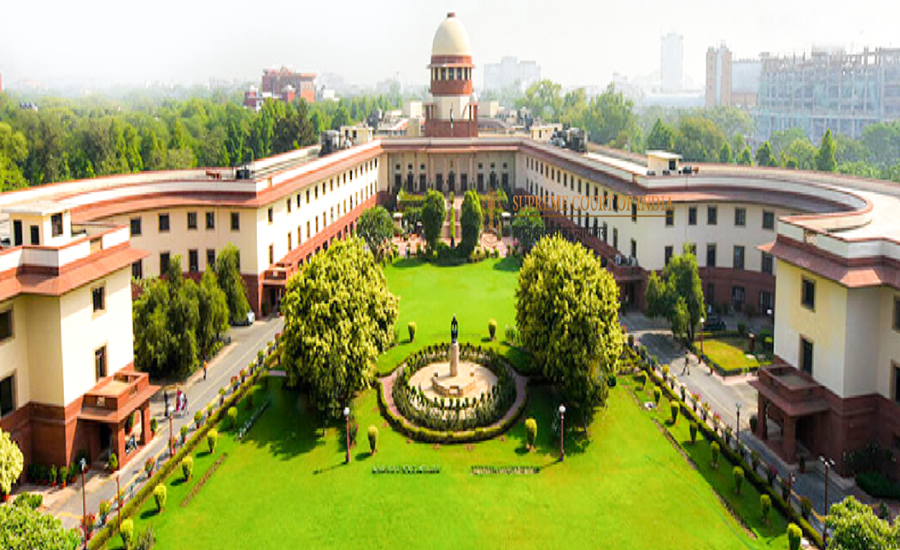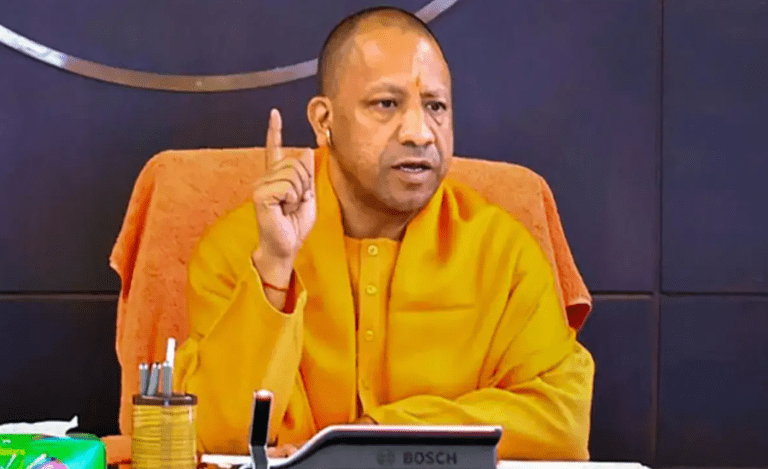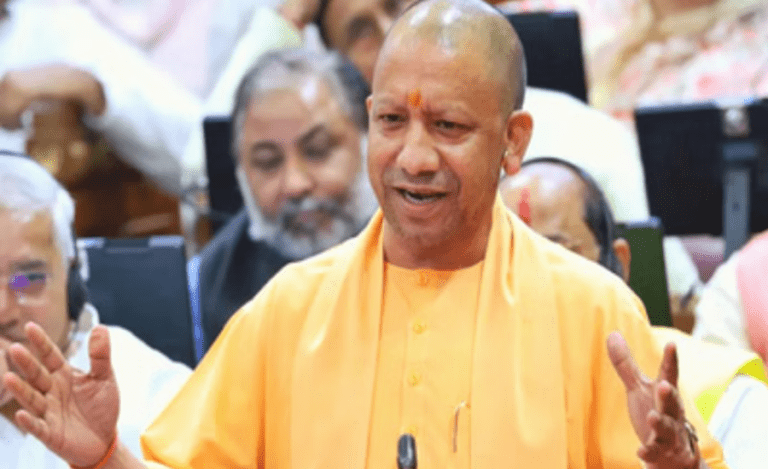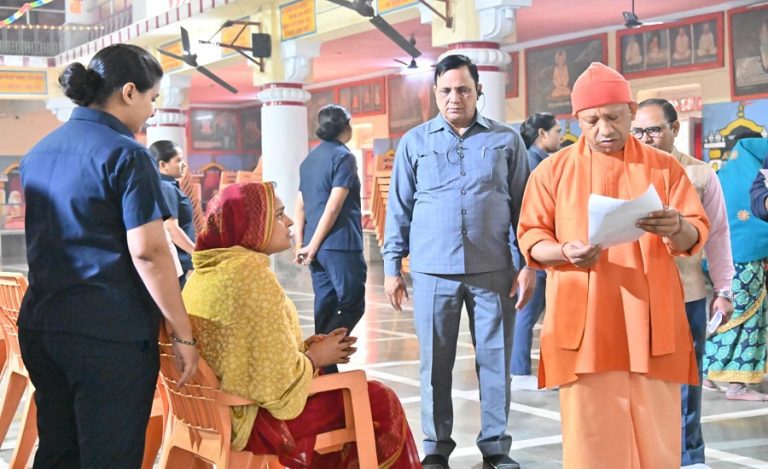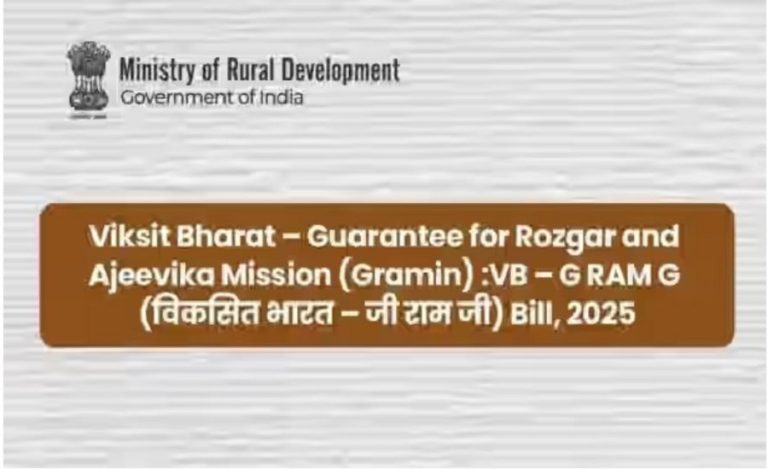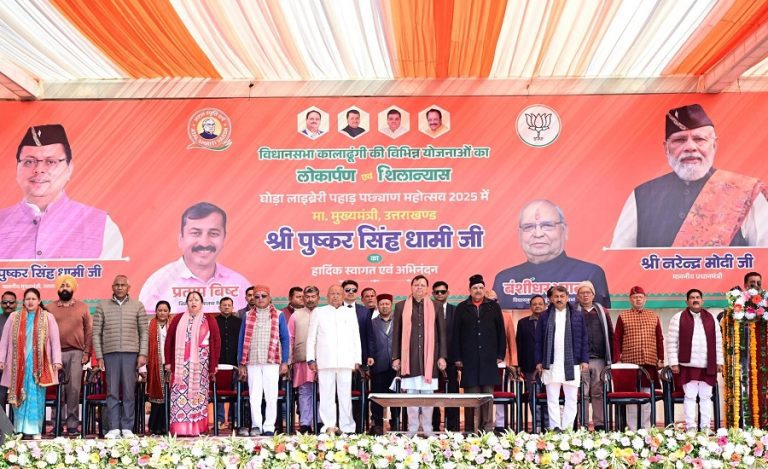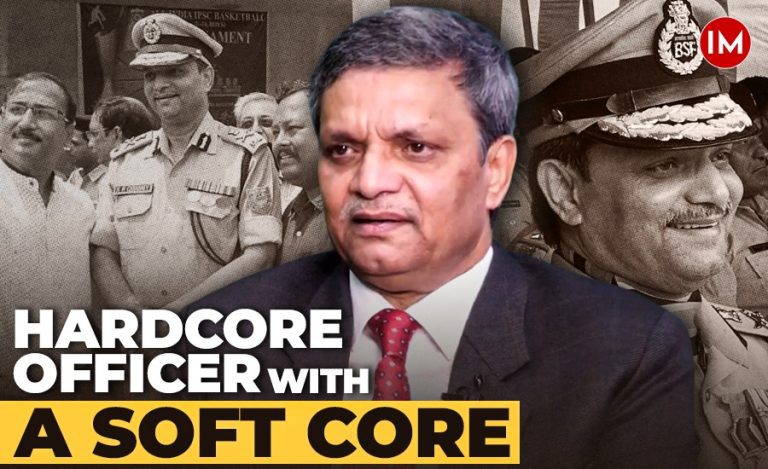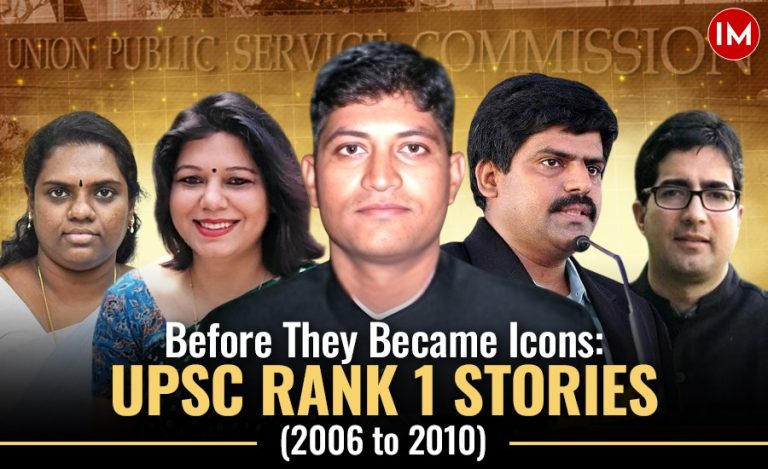New Delhi: In an unprecedented move, Chief Justice of India (CJI) Sanjiv Khanna has initiated proceedings for the removal of a sitting high court judge, Justice Yashwant Varma, after a three-member in-house enquiry committee confirmed allegations of cash recovery from his residence.
The CJI has formally written to President Droupadi Murmu and Prime Minister Narendra Modi, stating that the allegations are serious enough to warrant removal proceedings under the Constitution. If the process concludes with Varma’s removal, he would become the first judge of a constitutional court in India to be removed through this route.
According to sources, a fire incident at Varma’s then-residence in Delhi on March 14 led to the discovery of half-burnt currency notes stored in a sack. Fire service and police officials recorded the discovery on video. Following a preliminary probe ordered by the Delhi High Court Chief Justice, the CJI constituted an in-house committee on March 22, comprising Chief Justices Sheel Nagu (Punjab & Haryana), G.S. Sandhawalia (Himachal Pradesh), and Justice Anu Sivaraman (Karnataka).
The committee submitted its report to the CJI on May 5, confirming the recovery of the cash. On May 6, Justice Varma submitted his response, reiterating his denial of the allegations and refusing to resign or seek voluntary retirement. He termed the entire episode a “conspiracy”.
In accordance with the In-House Procedure adopted by the Supreme Court in 1999, CJI Khanna has refrained from assigning judicial work to Justice Varma, now posted at the Allahabad High Court. This step was taken after Varma declined the option to step down, a move that typically precedes formal removal proceedings.
The Supreme Court, in a press release, stated that CJI Khanna enclosed the committee’s May 3 report and Justice Varma’s May 6 response in his communication to the President and Prime Minister.
Under Articles 124(4) and 217(1) of the Constitution, a judge may be removed only by a Presidential order after both Houses of Parliament pass a motion with a two-thirds majority, citing “proved misbehaviour” or “incapacity”. While several motions have been introduced in the past, no Supreme Court or high court judge has ever been successfully removed under this provision.
The move marks a significant test of judicial accountability in India, potentially setting a historic precedent in the country’s legal and constitutional framework.

